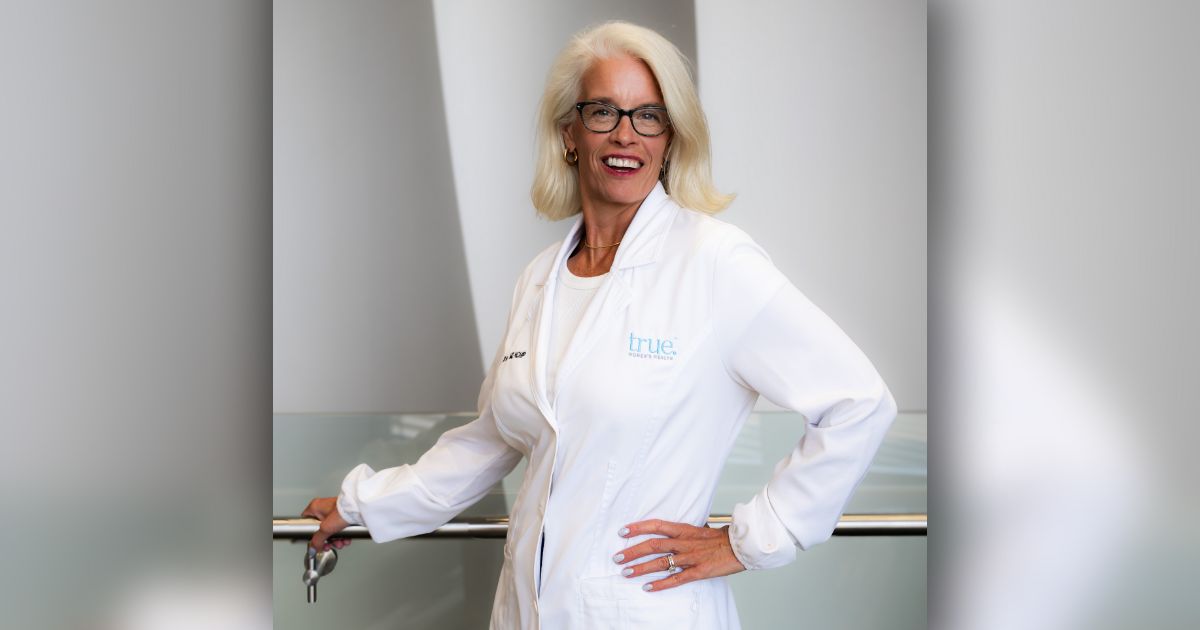Just because we age doesn't mean we can't do the things we used to do. It perhaps just means we need to approach them from a new perspective. When it comes to exercise, the intimidation factor is real—but it doesn't have to be.
Jenna Smith, PT, DPT, GCS, Founder of Vitality At Home Physical Therapy, shared that all four pillars of physical fitness—strength, flexibility, endurance, and balance—are important for maintaining independence and quality of life. However, strength training is the top priority.
"The truth is, our bodies are meant to move. Strength, balance, and mobility don't just happen with age—they require intentional care," Dr. Smith said. "By prioritizing movement and wellness now, you're not only preventing future problems, but also making sure you can truly enjoy the years you've worked so hard for."
Dr. Smith explained that building and maintaining muscle through strength training is vital because it directly supports your ability to do everyday tasks (climbing stairs, carrying groceries, lifting a suitcase into an airplane's overhead bin, etc.).
"Strength training doesn't have to look like lifting weights in a gym," she said, noting that flexibility, endurance, and balance are also vital. "Simple resistance bands and even body weight exercises have a huge impact on strength. Exercise that makes your muscles work against some form of resistance is key."
When it comes to the intimidation factor, Dr. Smith puts it simply:
"No one is looking at you—they're all too busy looking at themselves!"
The best place to begin, she said, is often right at home, helping to eliminate the fear factor.
"Build a foundation with just a few simple, go-to exercises that help you feel strong and capable," Dr. Smith suggested. "And remember—you don't have to dive in with a full 60-minute workout. Start small. If you're ready to return to the gym, go in with just one exercise in mind. Walk in, do that one thing, and walk out. You'll leave feeling accomplished, and that boost of confidence will make it easier to return and add another exercise next time. Before you know it, you'll have a routine that includes strength, a warm-up, a cool-down—and a whole lot of pride in how far you've come."
If you're currently in pain, it's not too late to do something about it.
"At Vitality At Home, we start by listening—really understanding when and how the pain began, how it behaves now, and what factors may be keeping it around. Then, we conduct a full assessment to uncover the physical root of the issue." Dr. Smith explained, adding that they also work to retrain your brain along the way.
For Dr. Smith, there is no such thing as too far gone. There's just a different starting point.
"In my 16 years as a physical therapist, I've never met a client who didn't benefit in some way—whether it was learning something new about their body, improving a movement pattern, or making a small but meaningful lifestyle shift that enhanced their quality of life," she said. "Progress doesn't always mean a complete transformation. Sometimes it's about reclaiming confidence, reducing pain, or gaining just enough strength to do something that once felt impossible. And so much of that starts with mindset."
Written by Sarah Suydam, Managing Editor for West Michigan Woman.
This article originally appeared in the Aug/Sept '25 issue of West Michigan Woman.




